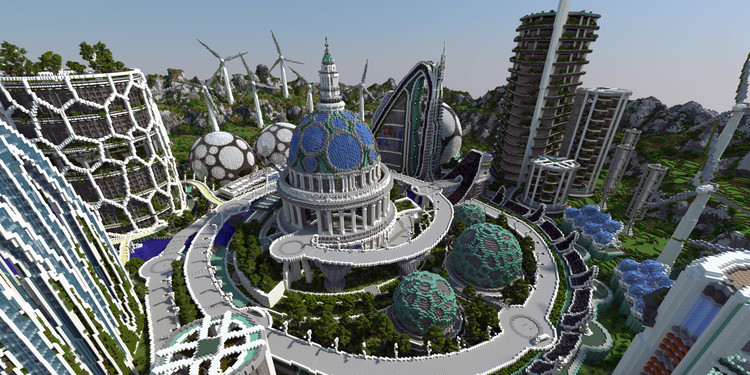
For many architects, an obsession with design came at a very young age - often, an architectural career begins with toys such as wooden blocks or that old classic, LEGO. In recent years though, a new contender has emerged to inspire young architectural minds: Minecraft. In this article, originally published on Autodesk's Redshift publication as "Minecraft Architecture: What Architects Can Learn From a Video Game," Kim A O'Connell looks into the growing influence of Minecraft in architectural design and education, including the growing presence of the global "Blockworks" team.
Since it burst onto the gaming scene in 2009, Minecraft has become one of the world’s most popular video games—so much so that Microsoft bought the game and its parent company for a whopping $2.5 billion in 2014.
Today, the world-building platform has also garnered the attention of architects and designers. Could a video game actually change the way architecture is taught and practiced?


